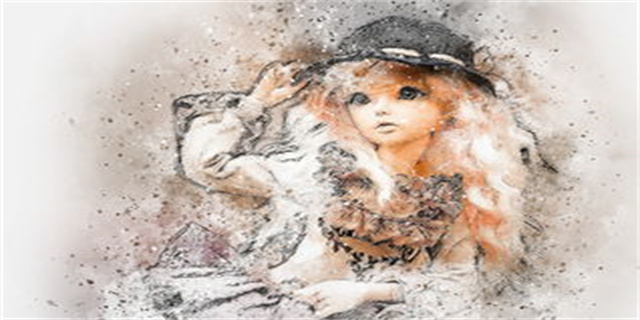Exploring the Art of Drawings
Introduction to Drawings
Drawings have been an integral part of human expression since prehistoric times. They allow us to communicate and visualize our thoughts, feelings, and ideas through the use of lines, shapes, and forms. Drawing as an art form spans across various cultures, styles, and techniques, providing a unique insight into the creative process and the artist's mind. In this article, we will delve into the world of drawings, exploring its history, significance, and different forms it can take.
The Evolution of Drawings
The art of drawing dates back to ancient times, with early humans using simple tools and natural pigments to depict scenes from their daily lives on cave walls. These early drawings served as a means of communication, narrative, and record-keeping. Over time, drawing evolved as a distinct art form, finding its place in ancient civilizations such as Egypt, Greece, and China. In these societies, drawings were used to depict religious and mythological narratives, as well as to illustrate scientific discoveries and architectural plans. As technology advanced, so did the tools and materials used for drawing. From primitive charcoal to the invention of graphite pencils and other drawing instruments, artists were able to achieve greater precision and depth in their works, giving rise to the realistic and detailed drawings of the Renaissance period and beyond.
The Significance of Drawings
Drawings hold immense significance in the world of art. They serve as a foundation for many other art forms, such as painting, sculpture, and even digital art. Drawing is often considered a fundamental skill for artists, as it helps them develop their observational, analytical, and creative thinking abilities. Drawing allows artists to experiment with different techniques, explore their imagination, and express their emotions. Moreover, drawings can be spontaneous and quick, capturing a momentary thought or idea, or they can be intricately detailed and time-consuming, showcasing the artist's technical skills. Drawings can be realistic or abstract, black and white or vibrant with colors, enabling artists to create a diverse range of visual experiences for the viewers. Through drawings, artists can communicate their unique perspectives, convey social and political messages, and inspire the imagination of others.
Conclusion
Drawings are a powerful tool for human expression, connecting us to our past, present, and future. They allow us to communicate and document our experiences, thoughts, and emotions in a visual and tangible form. The art of drawing continues to evolve and adapt, embracing new technologies and techniques while staying rooted in its rich history. Whether it's a simple sketch on a napkin or an elaborate masterpiece in a museum, drawings captivate our minds and ignite our imagination. So, the next time you see a drawing, take a moment to appreciate the skill, creativity, and meaning behind it.








